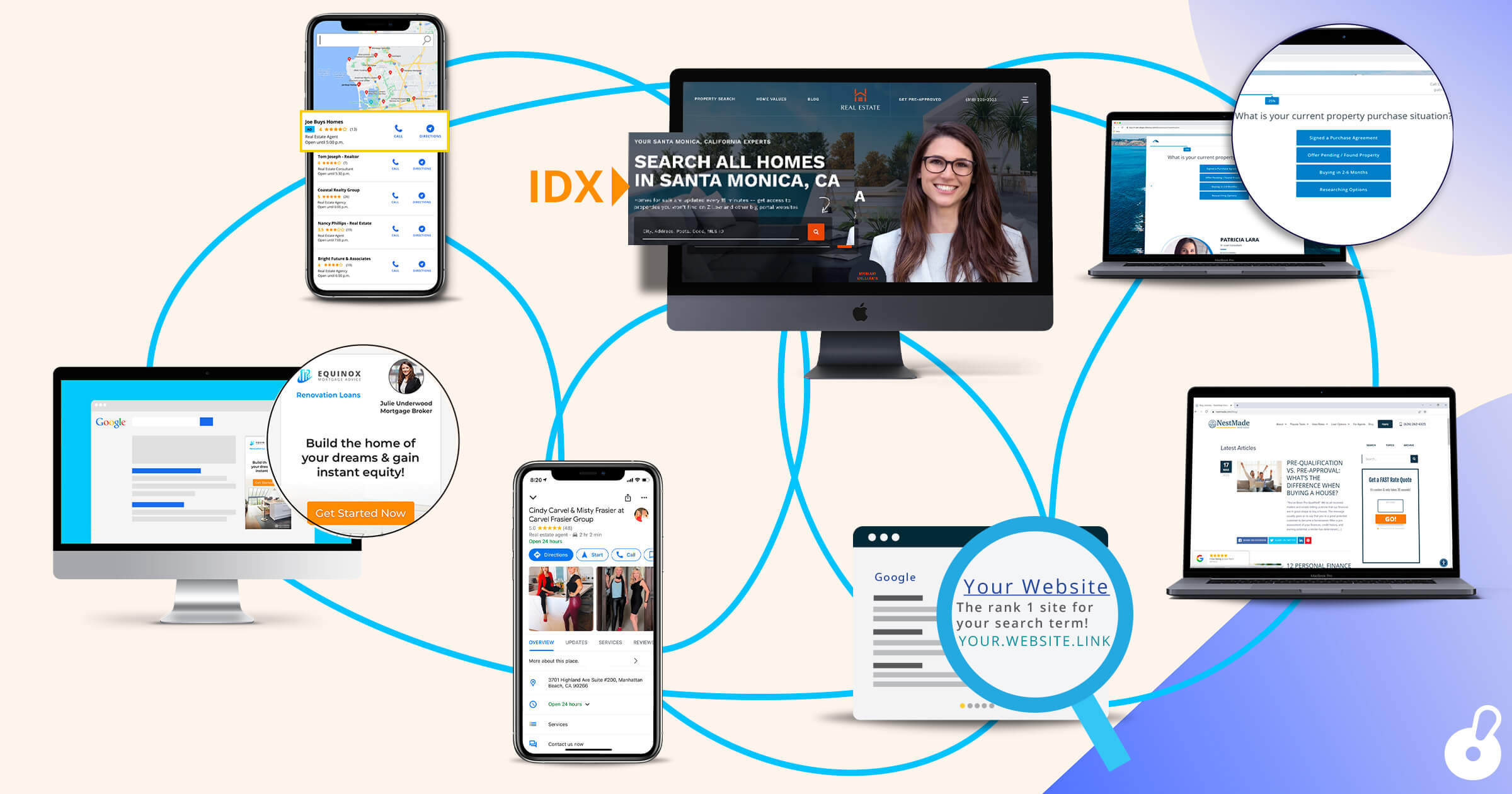
Real Estate Lead Generation: The leadPops Guide to Getting More Clients in 2022







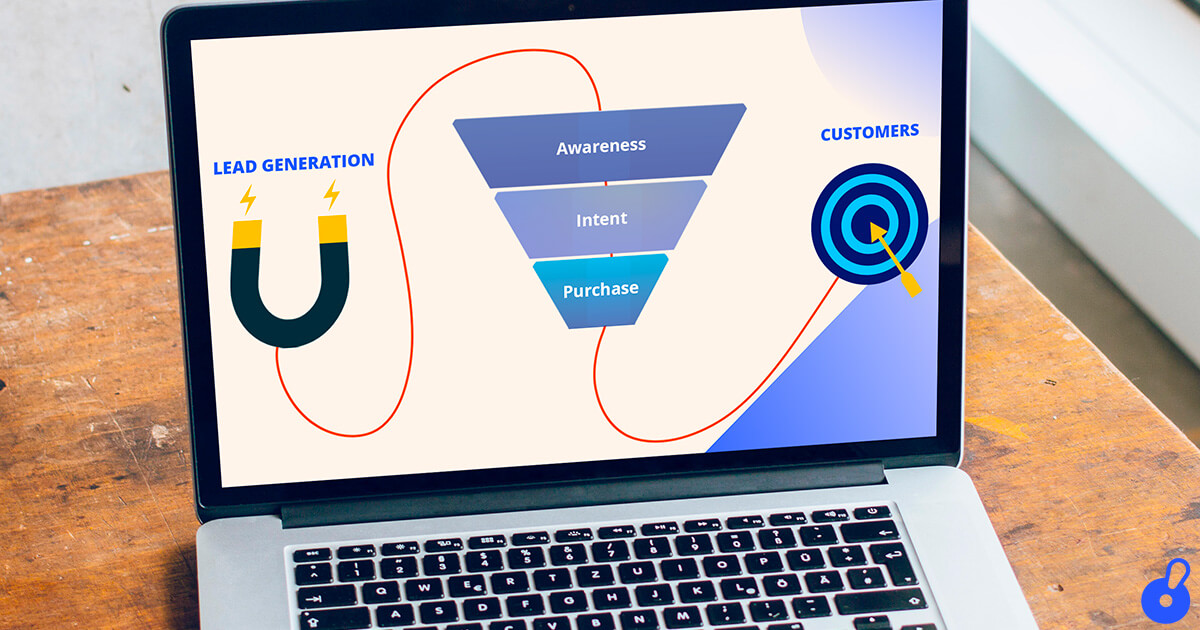
It’s easy to get leads when the market is white-hot and many people are turning to Realtors to buy and sell homes. But what happens when the market changes and referrals and leads from your sphere of influence or brokerage slow down?
If you don’t have a lead generation funnel in place, reaching new potential clients could be a struggle. That’s why it’s important to address it now. A lead generation funnel, or sales funnel, is the journey that a potential customer takes from lead to qualified lead to customer.
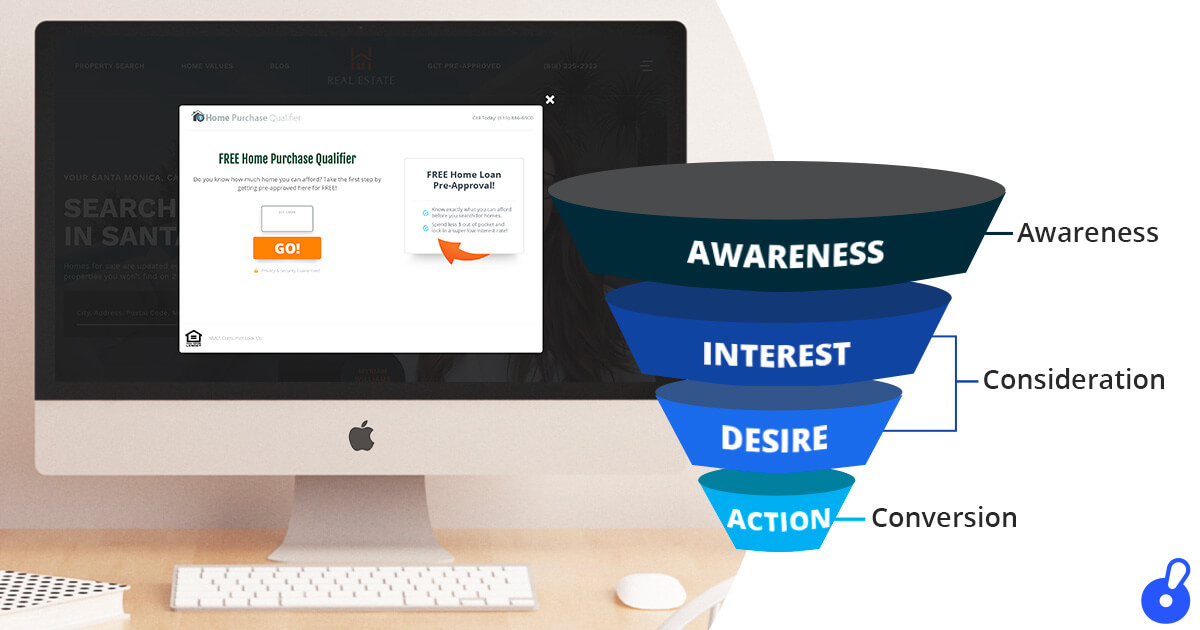
The funnel includes four stages. From top to bottom, they are:
Awareness
A potential buyer or seller becomes aware that your business exists. Perhaps they saw a post about you on LinkedIn from a friend who used your services, or they searched for local real estate agents.
Interest
The potential buyer or seller begins looking for information about real estate agents and the buying or selling process. They compare the agents who’ve caught their eye and the services they offer.
Decision
The potential buyer or seller becomes a potential client. They narrow down their choices and may interview a few agents to make their final decision.
Action
The potential client becomes a client by signing a buying or listing agreement with the real estate agent of their choice. Now, you’ll want to provide top-notch service, so they become a loyal client who gives you repeat business and referrals.
Note: Some marketers use sales funnels with up to seven stages. We’ve chosen to stick with four to keep things simple for this article.
A sales funnel helps you understand what potential customers need at each stage of their journey. You can more easily meet them where they are with information that’s relevant to them and their individual situation.
Build your own sales funnel by creating a strong website and making use of digital marketing so you can generate high-quality leads and make the most of your real estate marketing efforts. That way, you won’t have to rely on lead generation strategies like contacting sellers with expired listings or who are listing as for sale by owner.
Build a Real Estate Website that Captures Leads
Just like a well-built home is constructed from the foundation up, you want to build a good foundation for your leads. Start building the bottom of your funnel first by creating a website you can use to generate online leads. Without it, leads that come in at the top or middle of the funnel won’t have anywhere to go for you to then follow up once they reach the decision and action stages.
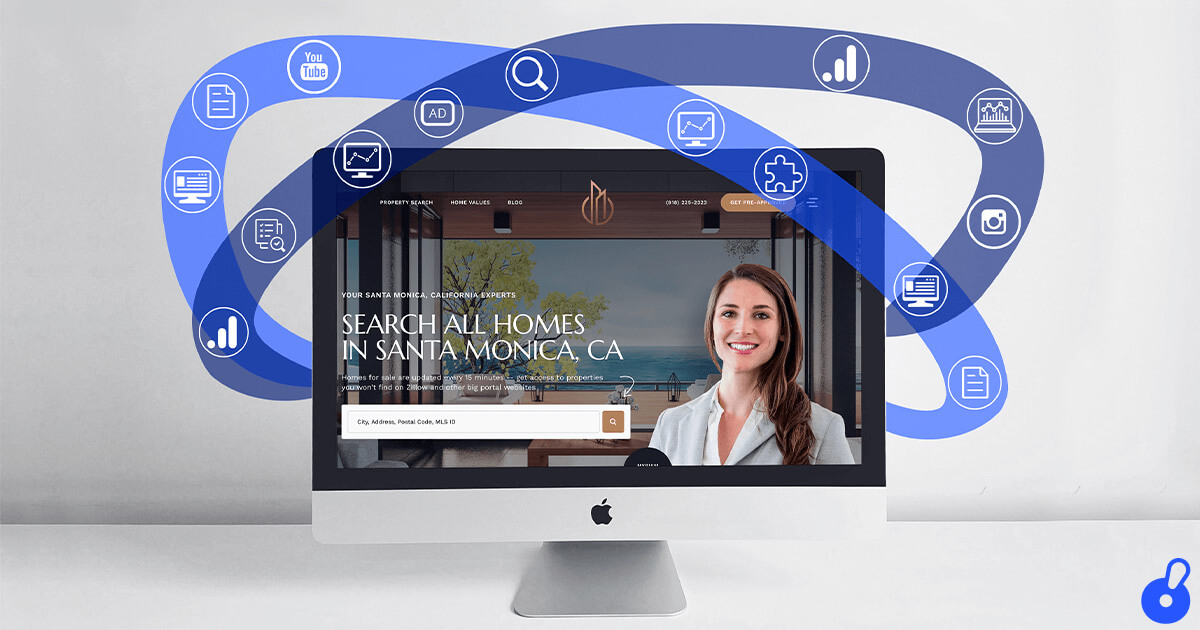
Create landing pages on your website that include static information that doesn’t frequently change and incorporate search engine optimization (SEO) techniques. These landing pages can be about basic home buying and selling topics that potential clients frequently search for, like:
- A glossary of real estate terminology
- The basics of how buyer and seller transactions work
- How to prepare to buy or sell
- Making a wishlist for home buying
- Homebuyer and home seller checklists
- Resources on obtaining a mortgage
- Tips about property types you specialize in like foreclosures, vacation homes, or land sales
Include interactive features for visitors of your website that can help draw them in and keep them there. Neighborhood guides can be helpful for those relocating to the area who are researching where they want to live. Video tours of neighborhoods can give people an idea of what it’s like to live in your area. Mortgage calculators can help potential clients understand what they can afford and how much home they can get for their money.
You can also create gated content in the form of downloadable reports, worksheets, and checklists for potential customers to use. Gated content is content that requires visitors to submit their contact information to initiate the download. Say you create a homebuyer checklist of activities that need to occur during the buying process. Potential clients can submit their name, email, and phone number to download the checklist.
Optimize your website for SEO
Incorporate search engine optimization on your landing pages whenever possible to boost your website’s traffic. SEO improves the visibility of your website on search engines and makes it easier for potential clients to find you through online search so they can become leads.
1. Set Up Analytics
Set up analytics for your website right from the start. Analytics provide you with details about which pages on your website perform well and which don’t. This data also helps you see what content your visitors like best so you can provide them with more of the information they want. You can get analytics services for your site free from Google. Google’s documentation shows you how to do it, and you can also find tutorials on YouTube.
2. Prioritize Your Website’s Speed
Nearly 70% of customers say that a website’s speed has an impact on whether or not they’ll make a purchase, according to a study by Unbounce. You can prevent slow website performance site speed by checking your website’s speed with Google’s PageSpeed Insights. In addition to evaluating your site speed, it also gives you tips on how you can improve your site speed.
3. Keep Your Site URLs Short and Relevant
When you create pages for your website, make sure the URLs you use are short and include words that are highly relevant to the page’s content. Short, descriptive URLs help search engines understand the page’s content. Instead of https://www.website.com/landing-page-47, go for https://www.website.com/glossary-real-estate-terms.
4. Do Good Keyword Research
Use keywords that are relevant to your business and relevant to what your potential clients are searching for online. Services like Ahrefs can help. The goal is to match the keywords you use to what leads might be searching for to increase the likelihood that they find your site. Don’t try to manipulate search engines, or it can harm your site’s search engine ranking.
5. Use Link Building to Increase Your Search Engine Ranking
Link out to relevant real estate content both on your own website and other trusted, popular websites like Realtor.com. Linking out to high-quality content helps build traffic and makes it more likely that others will link to you as well.
6. Get Help
Like most agents, you’re probably busy enough already without taking on the task of becoming an SEO expert. There are plenty of resources out there for you to turn to, from freelance professionals and agencies to website services with built-in SEO, like leadPops.
INCORPORATE HOME SEARCH ON YOUR SITE WITH IDX
A real estate website without a home search isn’t going to fully meet a potential customer’s needs. Keep visitors on your site longer by incorporating internet data exchange (IDX) software that allows them to search for local homes listed for sale or rent on your region’s multiple listing service (MLS).
IDX software lets you easily incorporate home search functionality on your website using plugins or widgets that are easy to install. IDX vendors often have additional services available to improve the experience of your website’s visitors and collect even more leads. With customer dashboards, maps, market reports, gated content, and more, potential clients can get the information they need while you collect information about them.
Real estate agents who use leadPops have multiple IDX vendors to choose from to transform their website into a powerful resource for home buyers and sellers.
MAKE USE OF CONVERSION RATE OPTIMIZATION
Now that your website is set up, you’ll want to spend some time on conversion rate optimization (CRO). CRO is the process of making enhancements and updates to your website that increase the likelihood visitors will convert into customers. Your conversion rate is the percentage of visitors who complete an action you want them to take, such as filling out a quiz or downloading gated content.
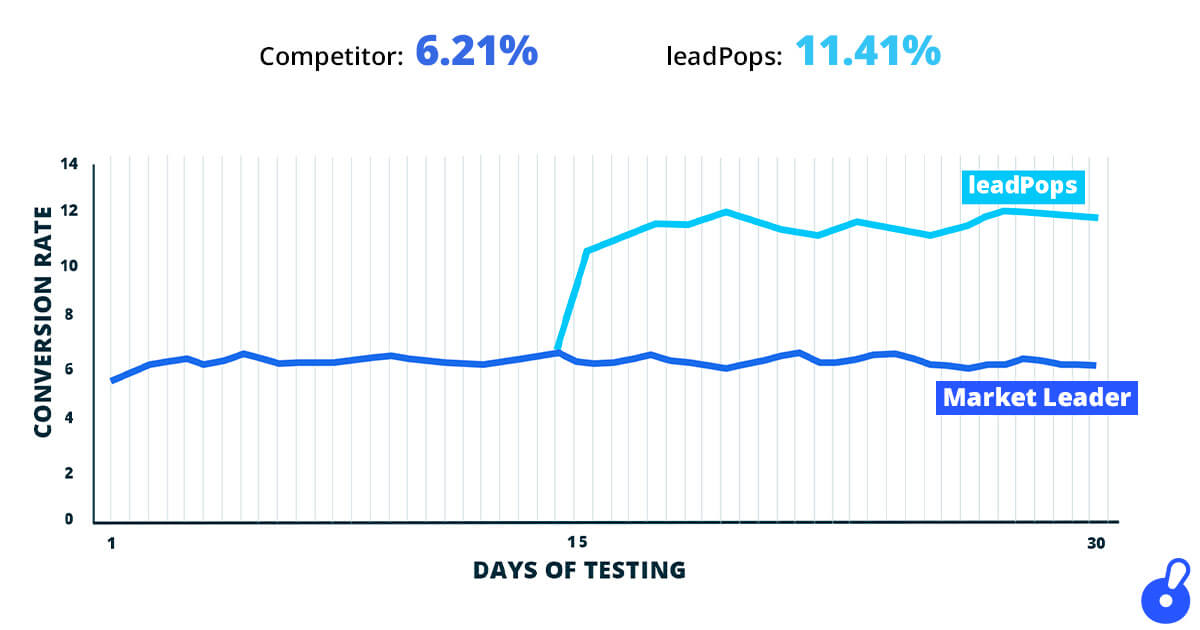
You probably set up some features on your website improve its conversion rate when you created it. Contact information placed upfront on your home page where it's easy to find is something most real estate agent websites do automatically. Linking your email and phone number so potential clients can text you or make a phone call to you directly from their mobile device is a good starting point, but that's not where it ends.
A simple improvement you can make is adding a call to action (CTA) on landing pages and blog posts. A simple CTA you can use is, “Ready to start your home search? Call me at 555-555-5555!” You can link the phone number so people who view the CTA from their mobile device can click to call you right away.
Lead flows are another great way to increase conversion rate. Lead flows are pop-up quizzes, forms, or boxes that encourage visitors to take another action and offer value in return. leadPops offers this functionality through its Lead Funnels tool, a plug-and-play solution that the company originally developed while working with Zillow and Bankrate.
Users can add pre-built, quiz-style forms to their websites for visitors to submit. Lead Funnels delivers immediate lead notifications, automated lead follow-up, lead tracking and reporting, and it integrates with your customer relationship management platform. In addition to helping with conversion, leadPops’ Lead Funnels also help frame the conversation when it comes time to speak to the lead.
Create Content that Builds Trust
The foundation of your real estate lead generation funnel is complete, and it’s time to work on the middle of your funnel. This is where you’ll reach potential clients who are in the interest and decision stages. Set yourself apart from fellow real estate agents with content marketing that offers value, establishes you as a trustworthy expert, and keeps your site fresh.
Good content marketing provides educational content to your website’s visitors that answers their questions, provides valuable insight, or addresses their pain points. It helps buyers and sellers at every stage of their customer journey while showcasing your knowledge and skills.
Say you create a blog post that’s aimed at experienced home sellers who are considering FSBO. It includes the pros and cons of the process, liabilities FSBO sellers may face, and statistics on how homes sold by agents sell faster and for more money. This post can help you reach a seller in the interest stage of the sales funnel and convert them into a potential client.
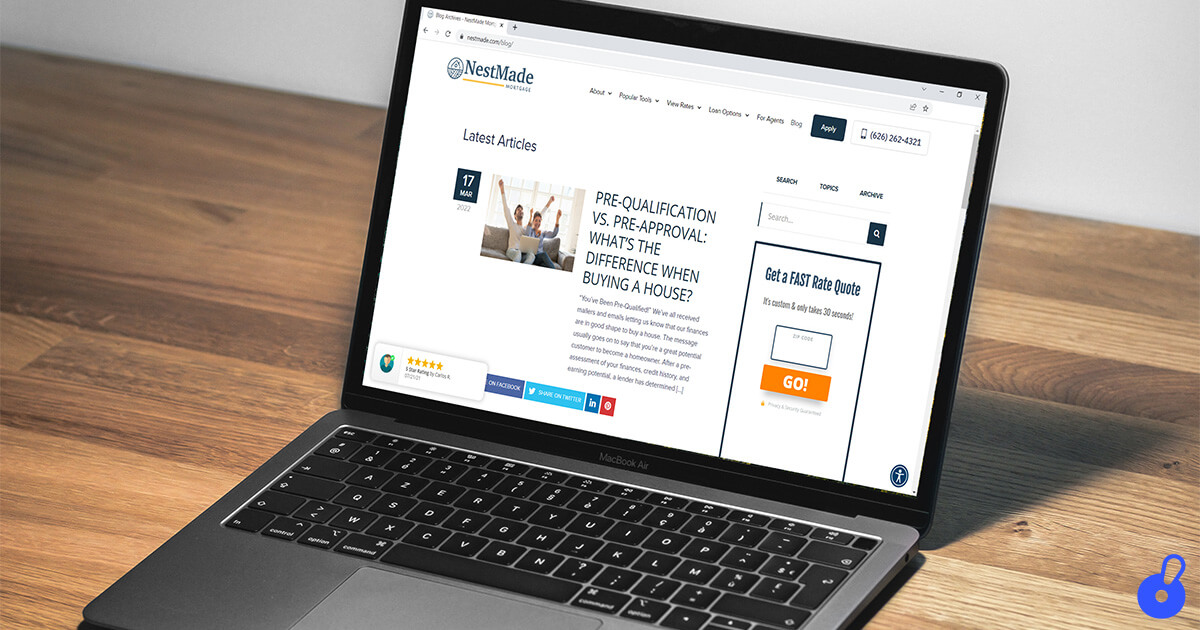
If you're not sure where to begin, here are some tips:
Share Client's Success Stories
Sharing your client's positive stories, even anonymously, can help showcase the great customer service you provide and help readers understand the home buying or selling process.
Give Readers Insight into Current Trends in Your Local Real Estate Market
Use publicly available data from your region’s MLS to help provide context into what’s happening in your area, so buyers and sellers can better understand what to expect.
Write about Common Topics that are Relevant to Home Buyers and Sellers
Zonda’s annual Cost vs. Value Report provides excellent data you can use to write about what home remodeling projects are worth tackling.
Info graphics, Images, and Videos Can be Helpful in Illustrating Complex Concepts
You can use apps and resources like Canva, Tableau, Animoto, and Unsplash to help your blog readers better understand the data and information you share. Plus, you can share them on social media.
Planning Your Content Helps Keep You Organized and on Track
You can use a basic spreadsheet to create your content calendar. Combine your content calendar with your email marketing calendar to make use of blog content in your campaigns.
If you can, incorporate SEO into your best-performing blog content, even if it’s just a few of your most popular posts. It can make a big impact in helping boost your website’s search engine ranking. There are also services you can look into to make content marketing simple, such as leadPops ConversionPro Blog service. This conversion-optimized blog service provides you with new content each month.
Use Digital Marketing to Get Traffic to Your Website
Your lead generation funnel is almost complete. It’s time to use digital marketing strategies like advertising to reach top-of- funnel prospects who are at the awareness stage.
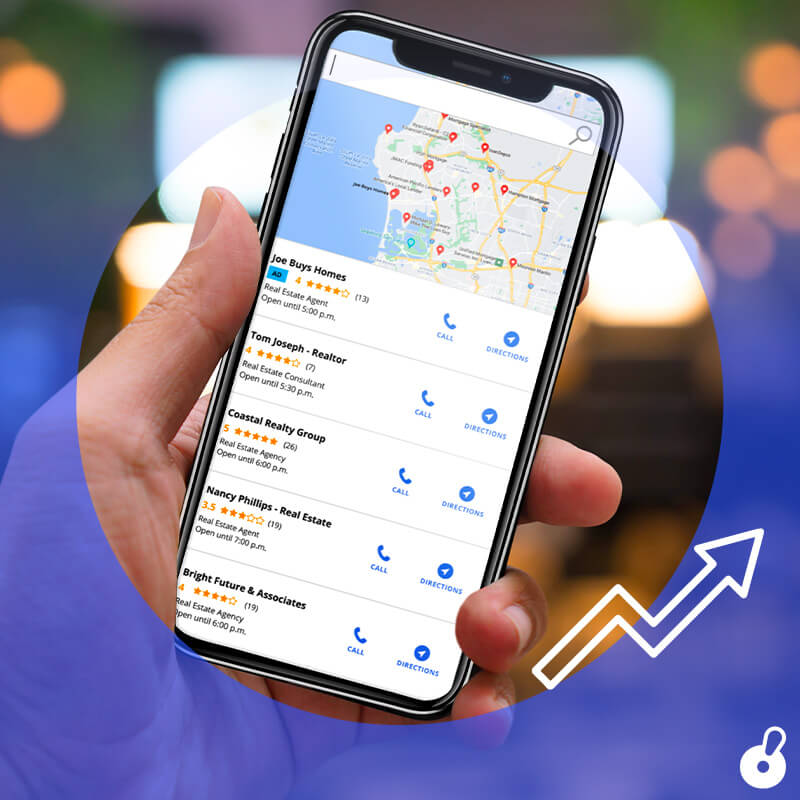
Potential clients at the top of the funnel are just beginning the process of home buying or selling. Your goal is to make them aware of your business and capture their interest. Facebook and Google Ads can be highly effective ways to draw in people who are looking to buy or sell a home. You can use ads to promote yourself and your services, share valuable content from your website, or urge potential new leads to contact you directly.
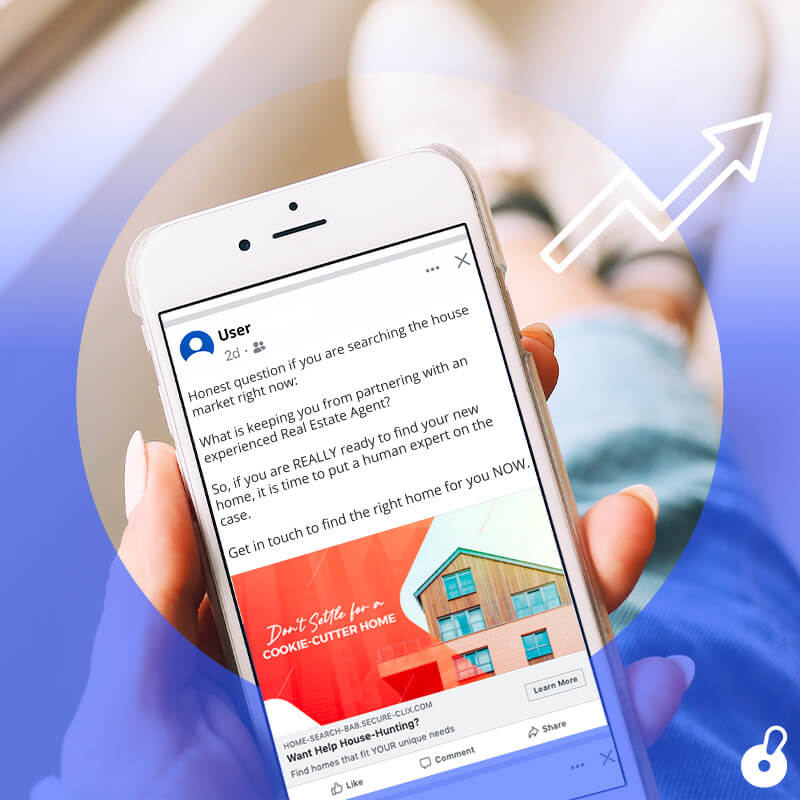
When placing ads on Facebook, you can use targeting to reach people who have interests like “first-time homebuyer,” “buying a home,” or “selling a home.” You can also choose a town or city you’d like to do more business in and set your ads to be served to those within a 25-mile radius. Your ads will automatically be served to people who fit those interests in that geographic area and might be looking for a real estate agent like you.
What you can't do is use demographics like gender, age, race, or any other characteristic protected by the Fair Housing Act for and targeting. Facebook has some of these controls built-in, including not allowing real estate professionals to use the age to target ads. The platform also automatically reviews all real estate ads published to prevent potential discrimination.
Don’t forget about free ways to amplify your services online. Use social media to share your expertise, update followers on events in your local community, or promote your favorite local businesses who may do the same in return. Ask your satisfied clients to leave you positive reviews, whether it’s on your website, Realtor.com, or Zillow. Keep your online profiles up to date with your correct contact information so people can reliably connect with you.
You can enlist the help of a marketing assistant or an agency familiar with the real estate industry. There are also services like leadPops that can help you create your lead generation funnel, including creating a website, providing content marketing, and making online advertising easier.
SET YOURSELF UP FOR EASY PARTNER REFERRALS
Referrals from your industry contacts, such as other Realtors, brokers, insurance, and settlement professionals, are still important. After all, they’re free leads, and they let you know which of your partners keep you top of mind. But there are ways you can get more of them from these lead sources and make getting them even easier.
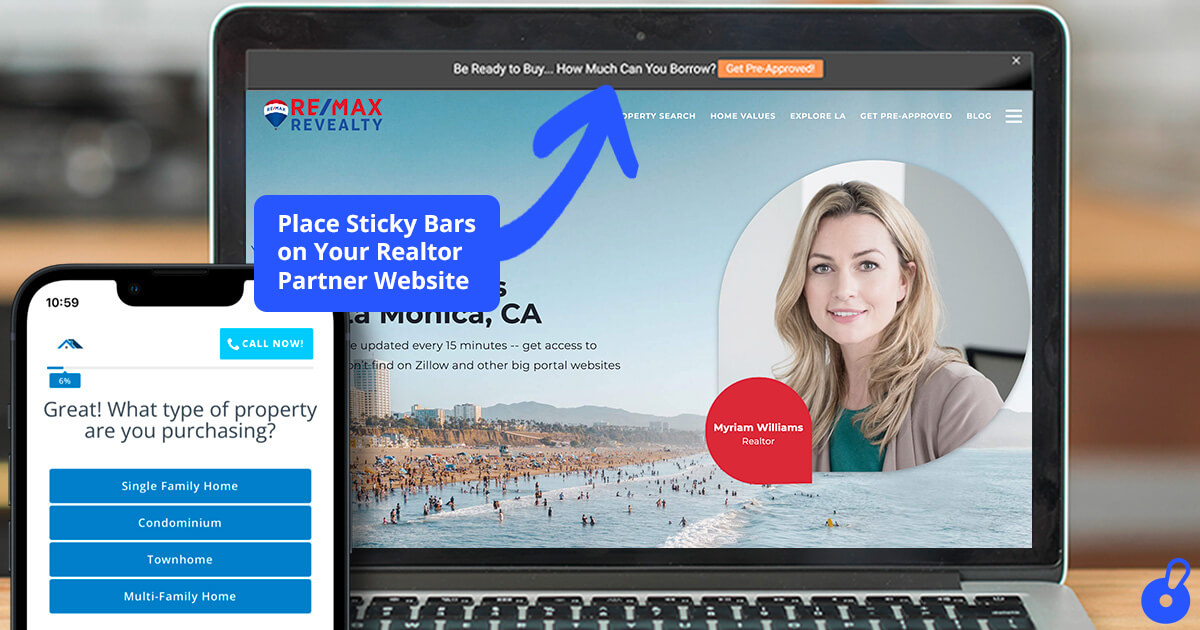
You can leverage these relationships by collaborating on lead generation with them. Ask your referral partners if they would consider adding your contact information on their website, and you can offer to include their details on yours in return.
leadPops offers even more ways to work with your referral partners, like branded, unbranded, or co-branded landing pages that draw in leads for you and your partners. You can also use CTA sticky bars to capture people’s attention. Sticky bars let you add a static bar at the top of your website or a referral partner’s website with a call to action. They’re easy to implement and help potential clients quickly reach out to you from your referral partners’ websites.
Become an Expert in Real Estate Lead Gen with leadPops
By creating your own sales funnel that’s effective at capturing leads, you stay in control of your real estate business. You can avoid relying on tactics like cold calling, direct mail, or soliciting existing homeowners while increasing your conversion rates.
leadPops can help you build your funnel from the ground up. We can also help you save time by connecting to your existing CRM and tech tools, so you have more time to focus on being the best real estate agent in your market. Whether you’re a new agent or an experienced agent, learn how you can reach more potential buyers and sellers with leadPops. Contact us for a demo today!
